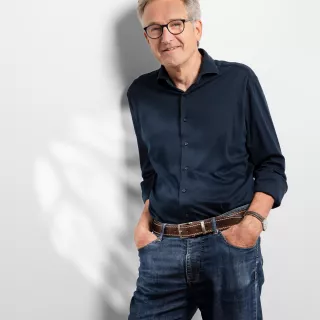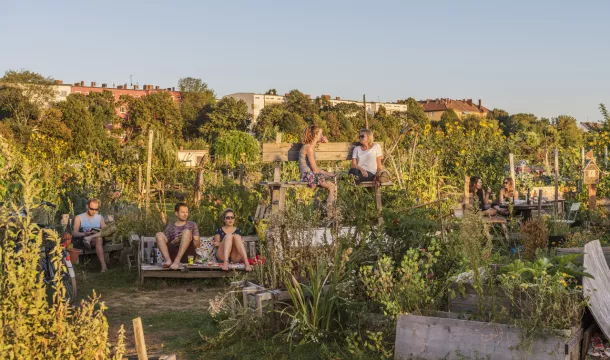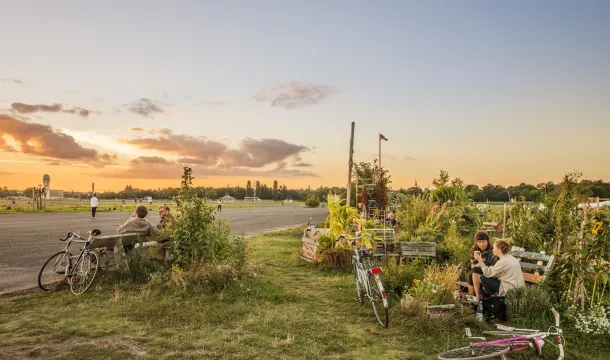Smart Buildings & Architecture
If you want to see how beautiful and practical sustainable building can be, Berlin is the right place. The former no-man's land along the Berlin Wall and many other abandoned spaces across the city have offered architects lots of room in recent years to realise their visions. The result has been buildings with low energy consumption and wise use of resources that offer a healthy environment for living and working.

This started already with Berlin's most prominent building: the Reichstag. The glass dome designed by Norman Foster brings natural daylight into the meeting rooms below and energy is generated by a complex cold and heat storage system in the groundwater. The rest of the government district also meets the latest requirements for resource conservation and environmental protection. The Jakob-Kaiser-Haus not only has a green roof with photovoltaic cells, but also a special multi-layer glass façade that provides thermal insulation.
Even non-political buildings in Berlin are being built with an eye to climate protection. The well-conceived architecture of the GSW high-rise in Kreuzberg's Rudi Dutschke-Straße, designed by Sauerbruch Hutton, has received international acclaim. The energy-saving façade consists of many dazzling sunshade slats in delicate shades of red that create a subtle play of colours. Another example of environmentally conscious construction is the Philological Library at the Free University in Berlin-Dahlem, also designed by Norman Foster. The so-called "Berlin Brain" combines aesthetics with climate protection, with all the energy needed for electricity and heating coming from canola oil-powered engines. fu-berlin.de/en/sites/philbib/index.html
In the shadow of the Gasometer industrial monument in Schöneberg, the Euref Campus has been built as a smart city district. Ecologically and economically sustainable ideas will make this office and research centre a European centre for innovation and future-oriented projects. The use of renewable energy sources such as solar and wind energy, biogas and geothermal energy and a local micro smart grid ensure low energy costs and low CO2 emissions. The site also includes a testing centre for electric mobility. The 55,000 m2 site will eventually include 25 buildings to be built in the next few years and offer up to 5,000 jobs. euref.de
How Berliners might be living in the future is currently being tested at the Efficiency House Plus with Electromobility project by the Federal Ministry of Transport, Building and Urban Development. The home offers 130 m2 of living space combined with the latest achievements in the field of energy efficiency. Thanks to the heat pump and photovoltaic system, the house produces more energy than its residents need. The energy generated by the house is stored and can be used to refuel electric cars in the home's own charging station. At different phases of the project, the house is being lived in by test families or is open to visitors. forschungsinitiative.de/effizienzhaus-plus
Further topics in our sustainability special







